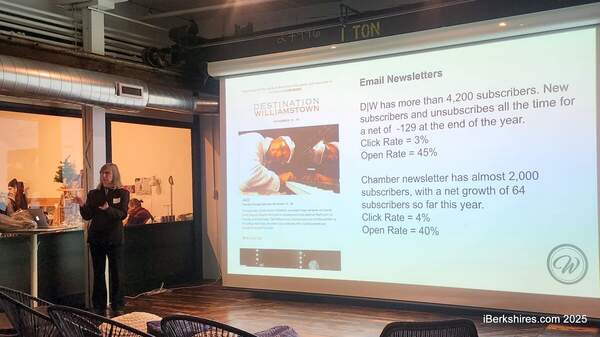Williams College and MIT Astronomers Observe Pluto and its Moons
 |
At this occasion, and at a previous Charon occultation the joint Williams-Massachusetts Institute of Technology team observed in 2005, the light from the star disappeared abruptly, while Pluto's atmosphere makes the starlight disappear gradually when Pluto is occulted.
On June 27, Pluto, which is about 1750 miles across, had a second double occultation. It went in front of another star, occulting it. About 33 minutes later, its tiny moon Hydra, perhaps only 50 miles wide, was scheduled to go in front of the star, casting a shadow exactly its same size on Earth, perhaps only 40 to 100 miles across. The Williams team is allied with an MIT group that provided the continually updated calculations and that itself sent out astronomers with special cameras. Indeed, one MIT astronomer carried such a camera to Yunnan, China, to a telescope with access arranged by Pasachoff.
The Williams College team includes Babcock, Pasachoff, and students Shubpanga Pandey, a junior from Nepal, as well as Wesleyan exchange student David Amrhein, a senior, part of the National Science Foundation sponsored Keck Northeast Astronomy Consortium. The MIT team, founded by the late Jim Elliot, is now headed by Michael Person and Amanda Bosh in collaboration with Amanda Gulbis, who is also at the South African Astronomical Observatory in Cape Town. They also work with Stephen Levine, who works at the Lowell Observatory in flagstaff, who has been providing up-to-the-day positions of Pluto and of the stars. The consortium has the cooperation of David Tholen of the University of Hawaii's Institute for Astronomy, who provided late corrections to the position of Hydra based on Hubble Space Telescope observations, with the tiny motions of the stars across the sky over the last few years providing the limit in accuracy.
Contrary to popular belief, the International Astronomical Union's actions in Prague in 2006 promoted Pluto to its current state of "dwarf planet," making it the first and a major object in its class instead of a diminutive member of a class of much larger "planets." The measurement of a supposedly larger object in the outer solar system, now named Eris, has now been shown to have probably been in error, with Eris slightly smaller than Pluto although, thanks to a presence of a Moon, known to be more massive.
The June 23 observations were tremendously successful, with the Williams team detecting 100 data points over 50 seconds showing the brightness of the star diminished as Charon passed in front of it. These results were obtained at Leeward Community College with its 20" telescope, in collaboration with Mohan Kakkala, the astronomer there. Robert Lucas from Sydney, Australia, and Eric Pilger '84, from the Hawaii Institute of Geophysics, joined in the observations. The alternative site on the other side of Oahu, Honolulu's island, at Windward Community College with its 16" telescope was cloudy, as it usually is. The collaboration there is with astronomer Joseph Ciotti and his students Sam Plunkett and Nathaniel Hiraoka. Pasachoff, Amrhein, and MIT undergraduate Stephanie Sallum '12 were on site for both dates. The June 27 observations were foiled by cloudy conditions at both Windward and Leeward Community College. The Williams College and Windward Community College teams were joined each time by David Tholen and Marco Micheli of the University of Hawaii.
The observations from Hawaii were sponsored by grants from NASA's Planetary Astronomy division to Williams College and to MIT. The cameras were provided to Williams and MIT by a previous NASA grant. Steven Souza at Williams was one of the planners of the camera systems, each of which is known as POETS, for Portable Occultation, Eclipse, and Transit System.
The successful observations from Honolulu were matched by successful observations from NASA's Infrared Telescope Facility on Mauna Kea, operated by Gulbis. Moreover, Person and Lowell Observatory astronomer Ted Dunham flew on NASA's new Stratospheric Observatory for Infrared Astronomy, SOFIA, in one of its first science flights after decades of development. They flew down the projected center line for Pluto's shadow, and captured a focusing of the starlight all around Pluto's circumference by Pluto's atmosphere, related to a phenomenon called the "central flash." American Astronomical Society press officer Rick Fienberg was on board to chronicle the historic flight.
Two other teams of astronomers, one from the Observatory of Paris and the other from Southwest Research Institute in Boulder, Colo., had interlocking locations of telescopes across the Pacific and adjacent countries, all to capture the double-double occultations involving Pluto, Charon and Hydra.















